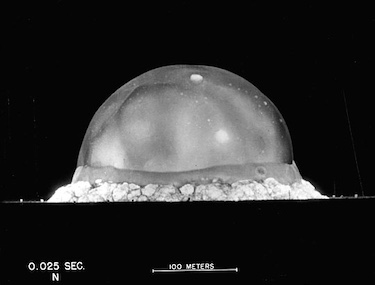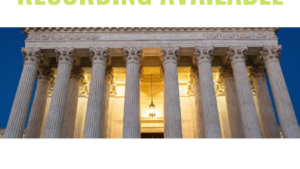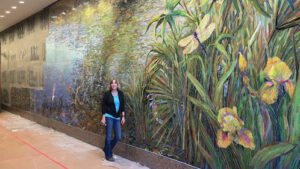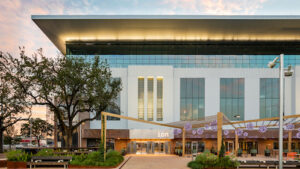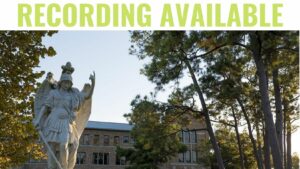Project Trinity: The Myth, the Legend, the Legacy at Los Alamos National Laboratory
MONDAY, MARCH 11, 11:30 A.M.–1:30 P.M.
BROCKMAN HALL FOR PHYSICS, RICE UNIVERSITY
The Trinity test of July 16, 1945, was arguably history’s greatest scientific experiment. It represented not only the culmination of the Manhattan Project, but the culmination of decades of discoveries in physics, chemistry, metallurgy, and other scientific fields. Led by J. Robert Oppenheimer, the Los Alamos technical staff of approximately 1700 employees designed, built, tested, and helped deliver the world’s first nuclear weapons in combat only 27 months after the Los Alamos National Laboratory held its first major technical conference. The technology tested at the Trinity site would be used to help bring history’s deadliest conflict, World War II, to an abrupt and victorious conclusion. Though the advent of nuclear weapons has apparently helped render global wars between the great powers obsolete, it has also made it possible for mankind to destroy itself. This delicate balance between scientific discovery, technological innovation, political progress, and the potential for unimaginable destruction is all part of Trinity’s legacy.
Our speaker, Alan B. Carr, currently serves as a program manager and the senior historian for Los Alamos National Laboratory. During his tenure as a laboratory historian, which began in 2003, Mr. Carr has produced several publications and lectures pertaining to the Manhattan Project, nuclear testing history, and the historical evolution of LANL. He has lectured for numerous professional organizations and has been featured as a guest on many local, national, and international radio and television programs. Before arriving at Los Alamos, Mr. Carr completed his graduate studies at Texas Tech University.

